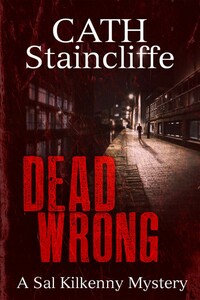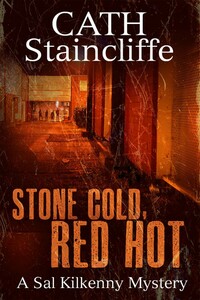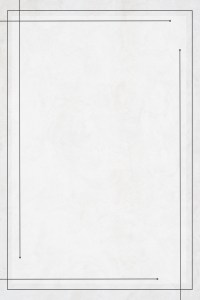Hit and Run | страница 11
She listened intently while Susan worked on the woman’s body, sharing in the meticulous process of description and observation as first the external, then internal examinations were made. Susan photographed the body, took measurements and made notes of its appearance before cutting away the wrappings and removing the plastic gym weights. After taking more photographs and x-rays, including dental x-rays, she took samples from the wounds on the face and thigh, scrapings from under the nails and a number of hairs. Then she began the process of dissection: opening the body and examining, removing and weighing the major organs. Susan took blood samples from the heart, tissue and fluid from the lungs and a sample of stomach contents for toxicology. She swabbed the orifices.
The smell affected Janine more than the sight of these things. The unmistakeable offal odour of liver and lungs. And the sound of the saw, when Susan opened the skull.
Janine thanked her when the procedure was over and offered to get her a snack from the canteen.
‘Something to keep me going?’ Susan said wryly.
Janine smiled, acknowledging the tactic. She wanted the report in time for her briefing.
‘Chicken korma on granary, black coffee, banana.’ Susan removed her gloves with a flourish.
Janine bowed. It was the least she could do.
By two o’clock the photographs of the body and the riverside site were already up on the boards in the incident room. A video loop was running on a monitor, detailing the recovery of the corpse and location shots of the immediate vicinity. Maps on one wall depicted the river and push-pins in blue indicated locations that would be searched to try and determine where the body had entered the water. Three of these pins had already been replaced with yellow ones – these places had already been visited and nothing had been found.
The incident room was on the fifth floor of the building, windows on three sides giving a clear vista out across the city centre and nearby Salford; rooftops, canals, the quays and the wide Manchester sky; here and there the distinctive outline of a landmark building: the prow of the Lowry, the triangular peak of Urbis and a sea of cranes bobbing and wheeling in the never-ending business of construction.
Janine moved in front of the boards, signalling to those milling about that they were ready to begin. Over twenty people occupied the room, most in civilian clothes, one or two uniforms. The hubbub of chatter died down as people slid into seats and opened their notebooks. Keeping detailed records at every stage of an enquiry was a detective’s lot: nothing was said, acted upon or looked into without an entry into an officer’s daybook. It became second nature, ingrained.




